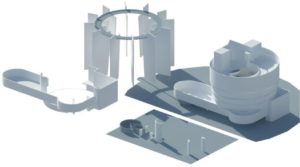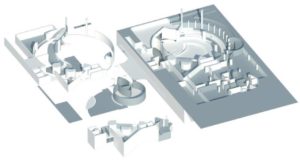SMART TURISM
Virtual Reality for Cultural Heritage
Both the Virtual Reality and the Augmented Reality (or Mixed) market will suffer an exponential increase in the coming years. According to a recent study by DigiCapital magazine in January 2016, the market will reach a quota of 120 billion dollars in 2020, representing an increase of 25 times the market for 2016.
Viral Studios has the technical expertise to work with all the virtual reality devices currently available in the market.
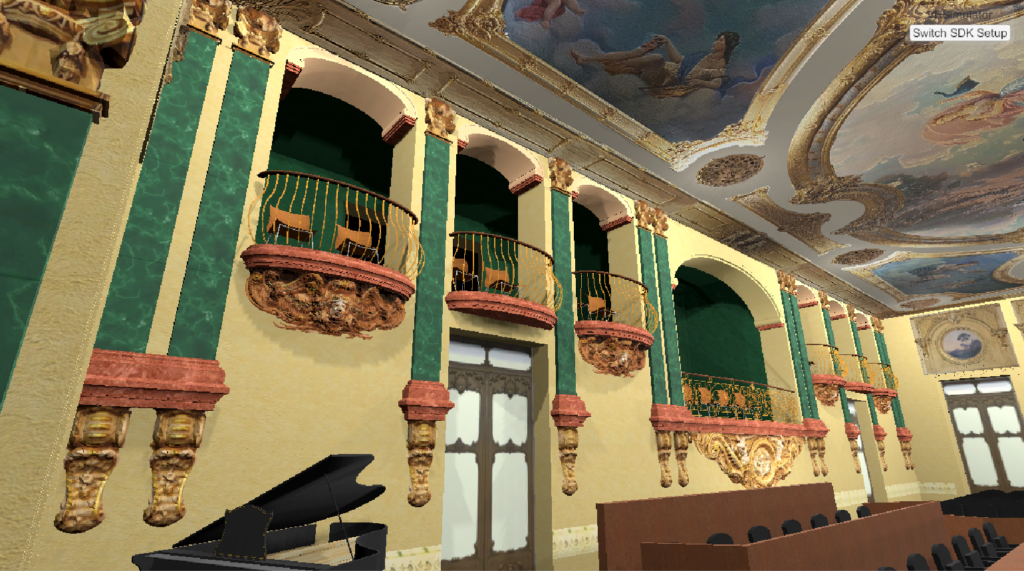
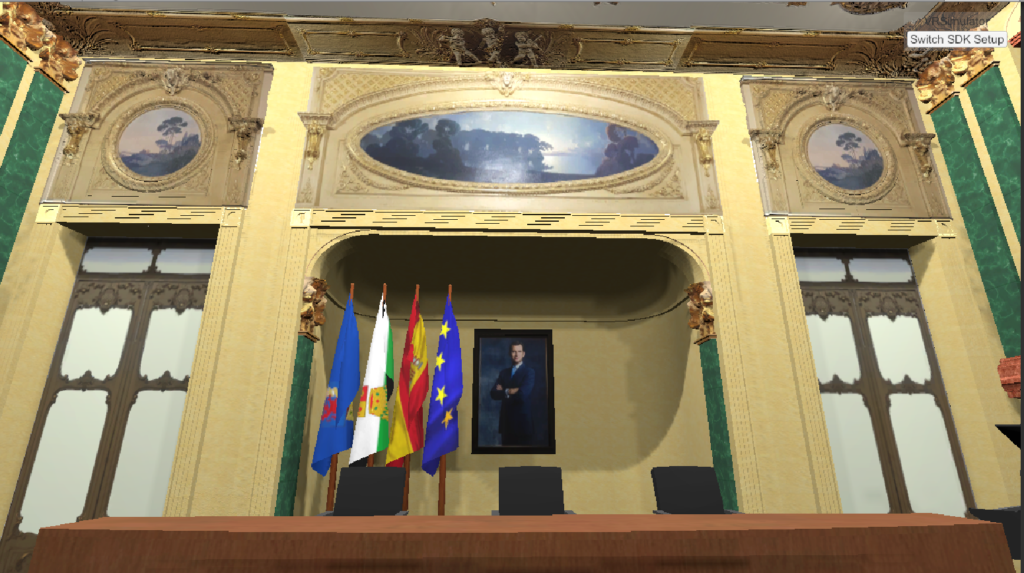
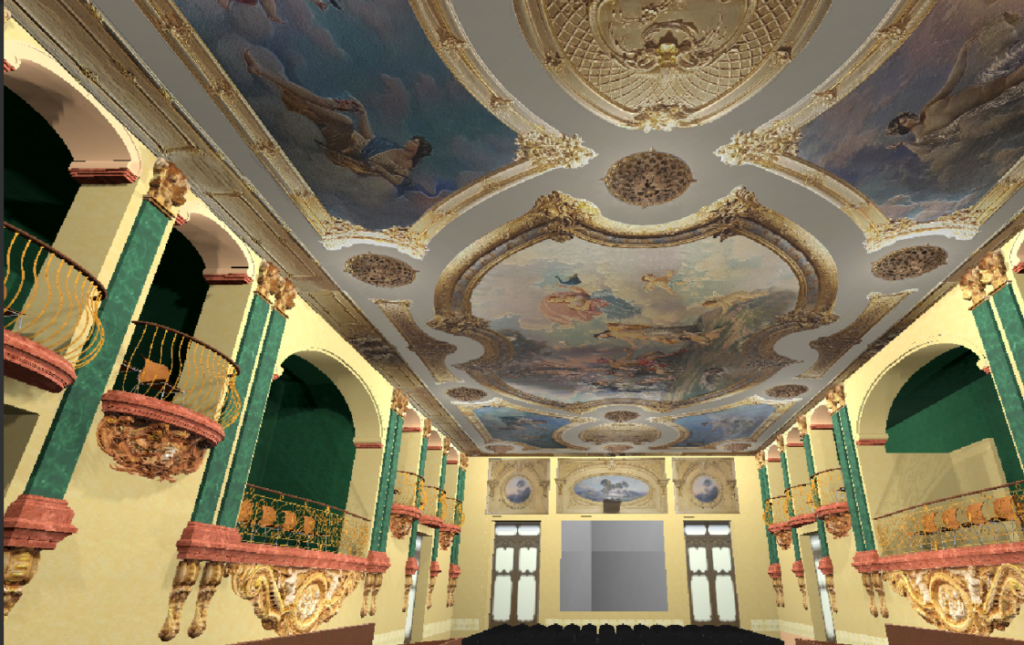
Visiting the museum with AR
We have develop an App (both for iOS and Android) installed in the MUBA Museum (BADAJOZ FINE ARTS MUSEUM) that allows the user to consult all the information of a painting in an easy, intiutively and fast way.
It allows the owner to obtain precise statistics about the use of the facilities, per-room influx, top hours…
Our App is Fiware Ready, so we allow realtime data reading.:
- App number of users
- Visit time duration
- What paintings are visited and how often
- Painting visiting order inside the museum
- etc.
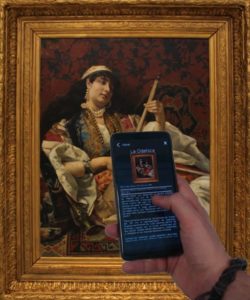
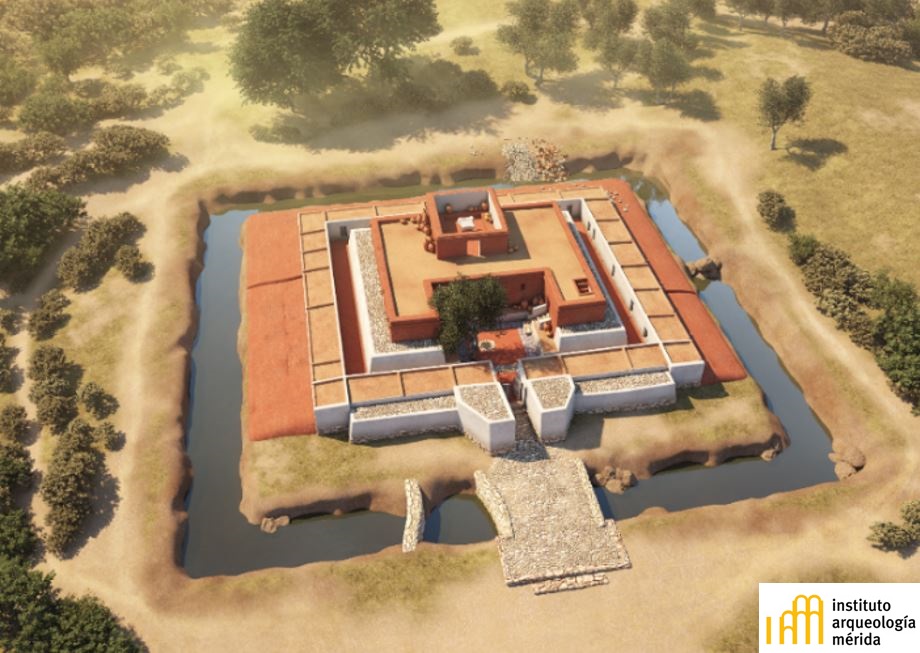
Virtual Recreation of Archaeological Sites
(Cancho Roano – See VirtualArq)
Cancho Roano is one of the most spectacular discoveries of Spanish archeology of recent times: a building from the Iron Age burned and abandoned with all its content. It is encompassed today within a historical context better known today. It is no longer identified as a place of cremation or hecatombs, and its high levels of ash are attributed to a great fire, perhaps ritual, that at the end of the fifth century BC. It caused his abandonment.
This project is being developed in conjunction with the Archaeological Institute of Mérida, with the CSIC.
Virtual Reality in Architecture
Interest in 3D model generation exponentially increased in recent years. This is due to the greater possibilities offered by computer equipment both for desktops and laptops and, as a breakthrough, in mobile devices (including tablets).
Nowadays, they allow to play apps that contain 3D graphics and animations, as well as AR/VR apps where you can see these models with great fluidity and realism, something rare in portable devices that was only available to large CPUs.
The fields of architecture and archeology dont escape the use of three-dimensional models. This increases realism and facilitates the visualization and even the interpretation of a reality that is far away, and often unknown, before actually starting the project.
